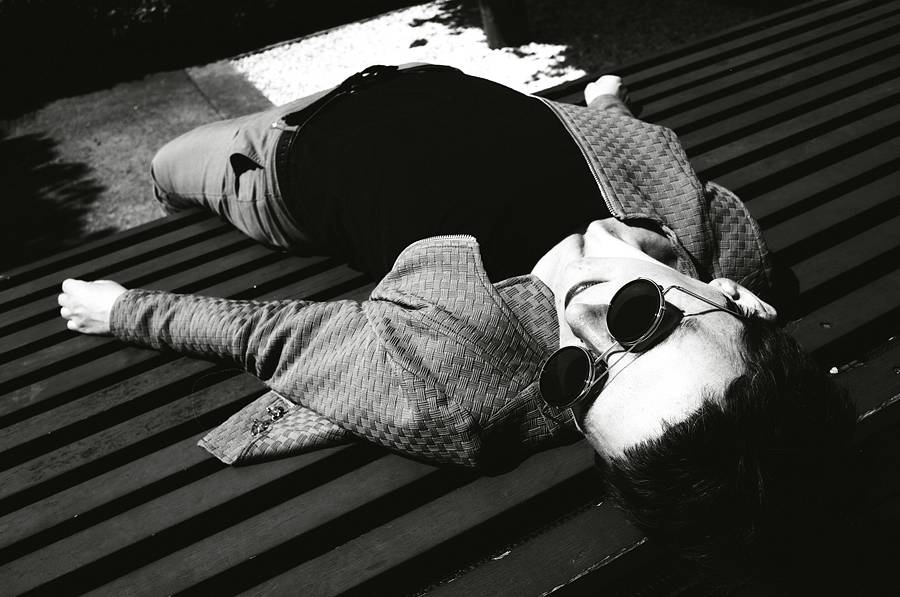Orthochromatic vs Panchromatic: Differences in Black and White Film
6 15 Share TweetThe core nature of black and white film can be divided into two main branches: Orthochromatic and Panchromatic film. These are measured by their sensitivity to the wavelengths. The emulsion is composed of minuscule suspended silver halide crystals, which are typically silver bromide with some silver iodide.
The Lomography films are panchromatic, nonetheless, there is a good range of black and white within them. Some films have a deep contrast, such as Potsdam, Fantôme, and Babylon. While Berlin Kino, Earl Gray, and Lady Gray have a classic look with a wide grayscale.

Ortho films are only sensitive to blue and green light and are not sensitive to red light. They can capture waves up to 550 nanometers. Since silver halide crystals are naturally blue-sensitive, any film base starts from this principle.
The first ortho emulsions were produced in 1873. It is most recognizable in early movies that used ortho film, where the red lips are dramatically dark which we know is a distinctive sign of an ortho look.
Their blue light sensitivity tends to overexpose the sky, which also results in a nice detachment from the background when subjects are standing in the open air. However, this also means that your subject's skin tones will be considerably darker, depending on their tone.
The road to expand the spectrum was paved by an Austrian chemist, Josef Maria Eder in 1884 to develop a especially sensitized gelatine silver process. The aid of filters could reproduce a wider spectrum wavelength, more faithful to reality.
It was not until 1906 that a German chemist, Hermann W. Vogel, discovered how to extend the wavelength up to the red sensitivity directly in the emulsion. Vogel found that, by adding dyes to the film emulsions, it would widen the available spectrum passing over the greens and eventually landing into the oranges and reds. Thus making panchromatic film the most faithful reproduction to reality for black and white film, with a wide spectrum of gray shades.
It is important to note that, in the diagrams of films, looking at the technical sheet data, we will never find a flat curve, as we still want to have a good separation between the different elements. That's why what gives a darker blue sky is a falling curve where the blue spectrum is, which will then result in deep dark areas and a decisive contrast separation.
Orthochromatic
Not sensitive to red light.
- Extreme white in the sky, easy to overexpose.
- Can be safely developed under a red light
- Redness will turn dark in the images, and skin accents such as: freckles, pimples, and darker skin tones will be accentuated.
Panchromatic
Sensitive to the full visible color spectrum up to 700 nanometers.
- General purpose film
- Classic look
- Films with a longer spectrum can be suitable for various skin tones as they can portray all the shades of red and brown. A longer extension on the wavelength renders a nice separation between different areas of the face.
There is a third category of film that has an extended spectrum called infrareds. True infrared was designed to serve a military purpose to distinguish clearly between vegetation and human activity, therefore, we can see the green of the trees become a lush white, while anything with warm red reflects as dark.
Although there is no more production of infrared films, manufacturers have just extended the red light spectrum to go above 700 nanometers of sensitivity to light. These kinds of films can give an almost surreal feeling to your images. When used for portraits, they can cancel skin redness by simply not registering the color, granting a dreamlike glow.
What is your favoutite film stock? Share your thoughts in the comments bellow.
written by eparrino on 2023-07-06 #gear #sensitivity #film-stock #panchromatic #orthochromatic #wavelengths #infrareds-film #light-spectrum
































5 Comments